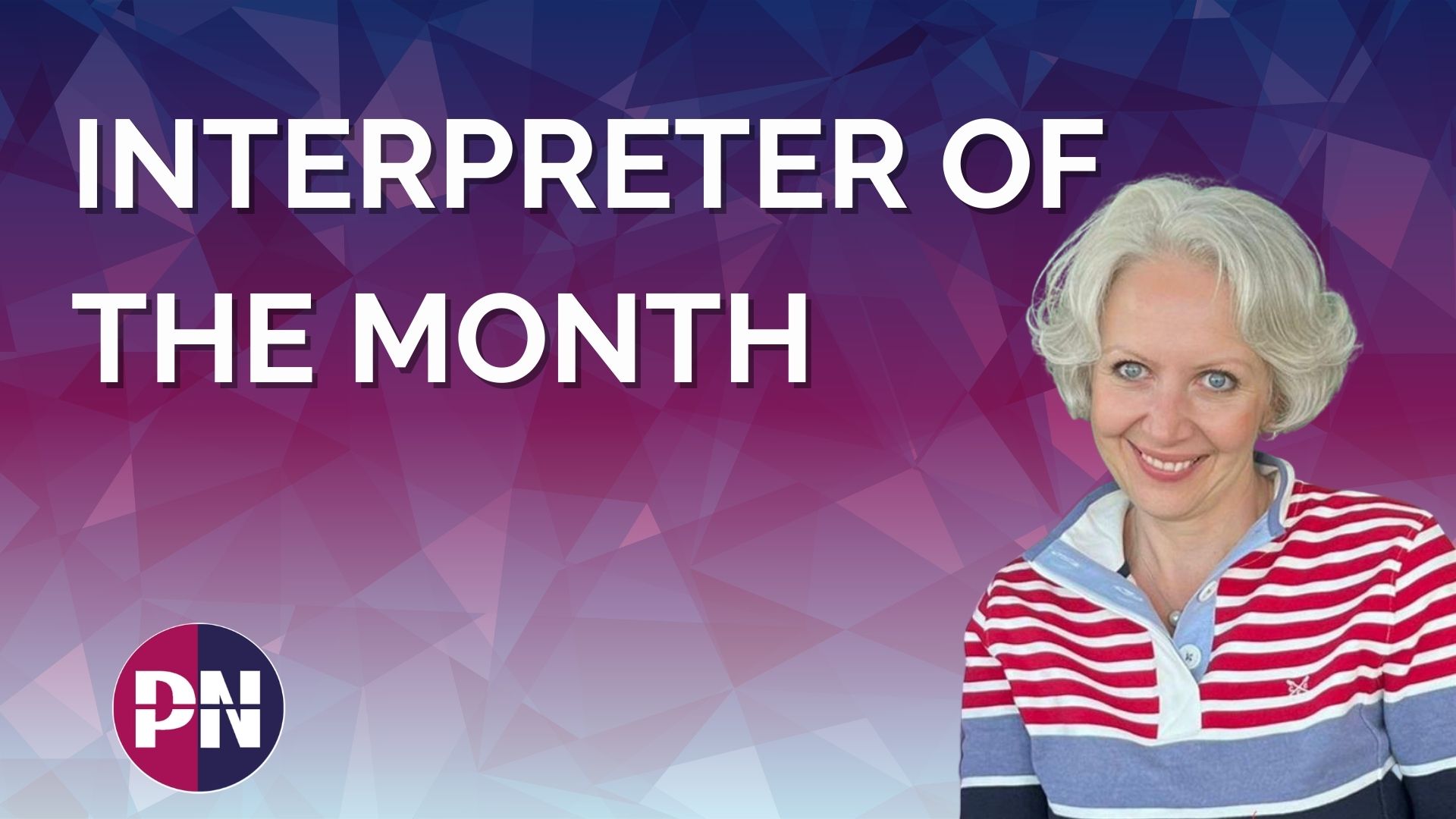What is the difference between translation and localisation?
Translation and localisation are related but distinct processes, both of which are essential for adapting content to different languages and cultures. For brands wanting to go global by adapting content, theres really only 2 options they have to make. Here’s a breakdown of the key differences between translation and localisation:
1. Scope
a) Translation: Translation is primarily focused on converting text or content from one language into another while preserving the original meaning and context. It deals with linguistic aspects, such as words, phrases, and sentences.
b) Localisation: Localisation encompasses a broader range of adaptations beyond language translation. It involves adjusting content to fit the cultural, social, and regional norms of a target audience. This includes not only language but also cultural references, formatting, and design elements.
2. Language vs. Culture.
a) Translation: Translation primarily deals with the linguistic aspects of content, ensuring that words and sentences are accurately rendered in the target language.
b) Localisation: Localisation goes beyond language and addresses cultural nuances, idioms, humour, imagery, symbols, and any elements that may not be universally understood. It aims to make content culturally relevant and relatable to the target audience.
3. Content Types:
a) Translation: Translation is commonly used for textual content such as documents, websites, manuals, and subtitles. It may also apply to audio and video content by providing subtitles or voiceovers in a different language.
b) Localisation: Localisation applies to a wider range of content types, including websites, software applications, video games, marketing materials, user interfaces, and even product packaging. It involves adapting visual and interactive elements in addition to text.

4. Linguistic Accuracy vs. Cultural Appropriateness:
a) Translation: The primary goal of translation is linguistic accuracy. Translators strive to convey the original message accurately and fluently in the target language, maintaining grammatical correctness and terminology consistency.
b) Localisation: While linguistic accuracy is important in localisation, the primary focus is on cultural appropriateness. This includes adapting content to align with local customs, values, and sensitivities, even if it means deviating from the exact wording of the source text.
5. Visual and Design Elements:
a) Translation: Translators typically do not address visual or design elements, such as graphics, layout, or colour schemes. Their main concern is the text itself.
b) Localisation: Localisation involves adjusting to visual elements to suit the new target audience. This may include changing colours, images, icons, and layouts to resonate with local preferences or to avoid cultural misunderstandings.
6. Target Audience:
a) Translation: The target audience for translation is primarily individuals who understand the language but may not be familiar with certain cultural references or contexts.
b) Localisation: The target audience for localisation includes individuals who not only speak the language but also identify with the cultural and social aspects of the content. Localisation aims to create a seamless user experience for them.
Conclusion
In summary, translation is the process of converting text from one language to another, while localisation is a more comprehensive process that adapts content, including text, visuals, and design, to align with the cultural and linguistic preferences of a specific audience. Both translation and localisation are essential for effectively communicating with diverse global audiences and ensuring that content resonates with users in different regions and cultures.





